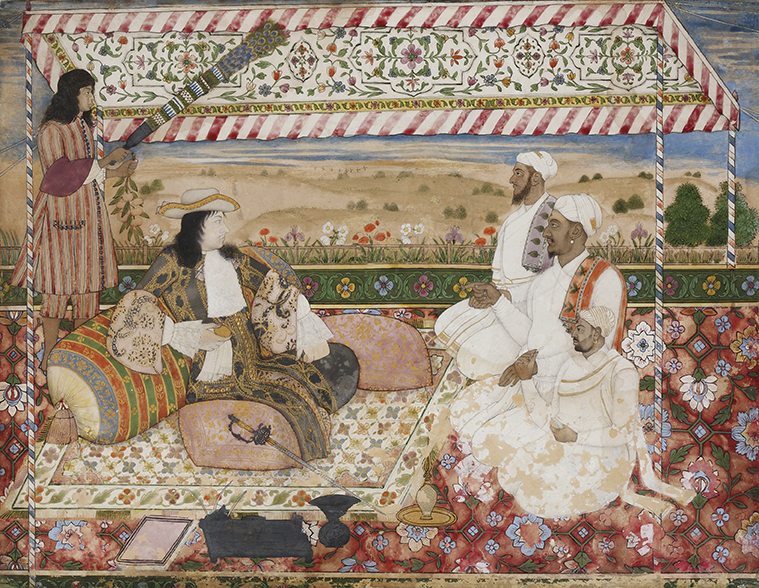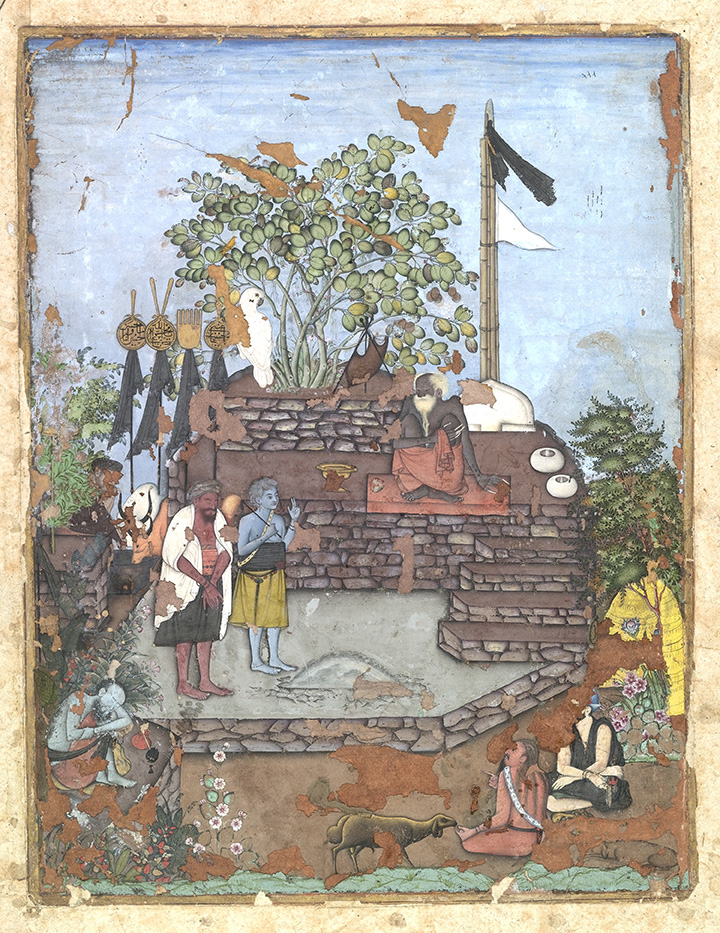Golconda, like much of the Deccan in the 16th and 17th centuries was home to an unusually vibrant and cosmopolitan trading system. Along with four other sultanates, Ahmednagar, Berar, Bidar and Bijapur, the Deccan was exposed to places as far afield as Europe, Turkey, Iran and eastern Africa that generated striking art.
A new exhibition that opened on Monday at New York's Metropolitan Museum of Art, Sultans of Deccan India, 1500-1700: Opulence and Fantasy, brings together what it calls “the greatest art of the Deccan”. From a portrait of Malik Ambar, the famous African general of Ahmednagar defeated at the hands of Shah Jahan, to a painting of Cornelis Van Den Bogaerde, a Dutch East India employee at Golconda, the show gives a glimpse of the wide reach of Deccan India.
The New York museum will display around 200 art works from all Deccan sultanates except Berar. Navina Haidar, curator of the Department of Islamic Art at the Metropolitan worked with Marika Sardar, an associate curator at the San Diego Museum of Art and others to collect contributions from international, royal and private collections.
But if looking at art is not enough, the museum has also uploaded brief audio descriptions of some of these art works on Soundcloud. Here is a selection.

Darbar of Cornelis van den Bogaerde. Golconda, ca. 1687. Opaque watercolor, gold, and silver on paper. The David Collection, Copenhagen.

Dervish Receiving a Visitor by the Bodleian Painter. Bijapur, ca. 1610–'20. Ink, opaque watercolor, gold, and silver on paper. Bodleian Libraries, University of Oxford.

Tree on the Island of Waqwaq. Golconda, early 17th century. Ink, opaque watercolor, and gold on paper. Museum für Islamische Kunst, (SMB) Berlin.

Shah Jahan Diamond. Deccan, probably 17th century. Fancy, light pink, facet-cut and drilled diamond. Al-Sabah Collection, Dar al-Athar al-Islamiyyah, Kuwait.

Christ Child as the Bom Pastor (Good Shepherd). Goa, ca. 1700. Carved ivory. The Hispanic Society of America, New York.
Sultans of Deccan India, 1500-1700: Opulence and Fantasy will run in Gallery 199 at the Metropolitan Museum of Art in New York until July 26.
Buy an annual Scroll Membership to support independent journalism and get special benefits.
Our journalism is for everyone. But you can get special privileges by buying an annual Scroll Membership. Sign up today!